When you imagine a thriving garden, it’s easy to picture the plants working harmoniously, but unfortunately, life isn’t a fairytale. It’s sad to think about, but some garden favorites might be silently spreading diseases to others, creating a breeding ground for unwanted infections. Don’t worry, though–as long as you remember that the following plants are common suspects in spreading diseases, you can prevent this from happening.
Tomatoes
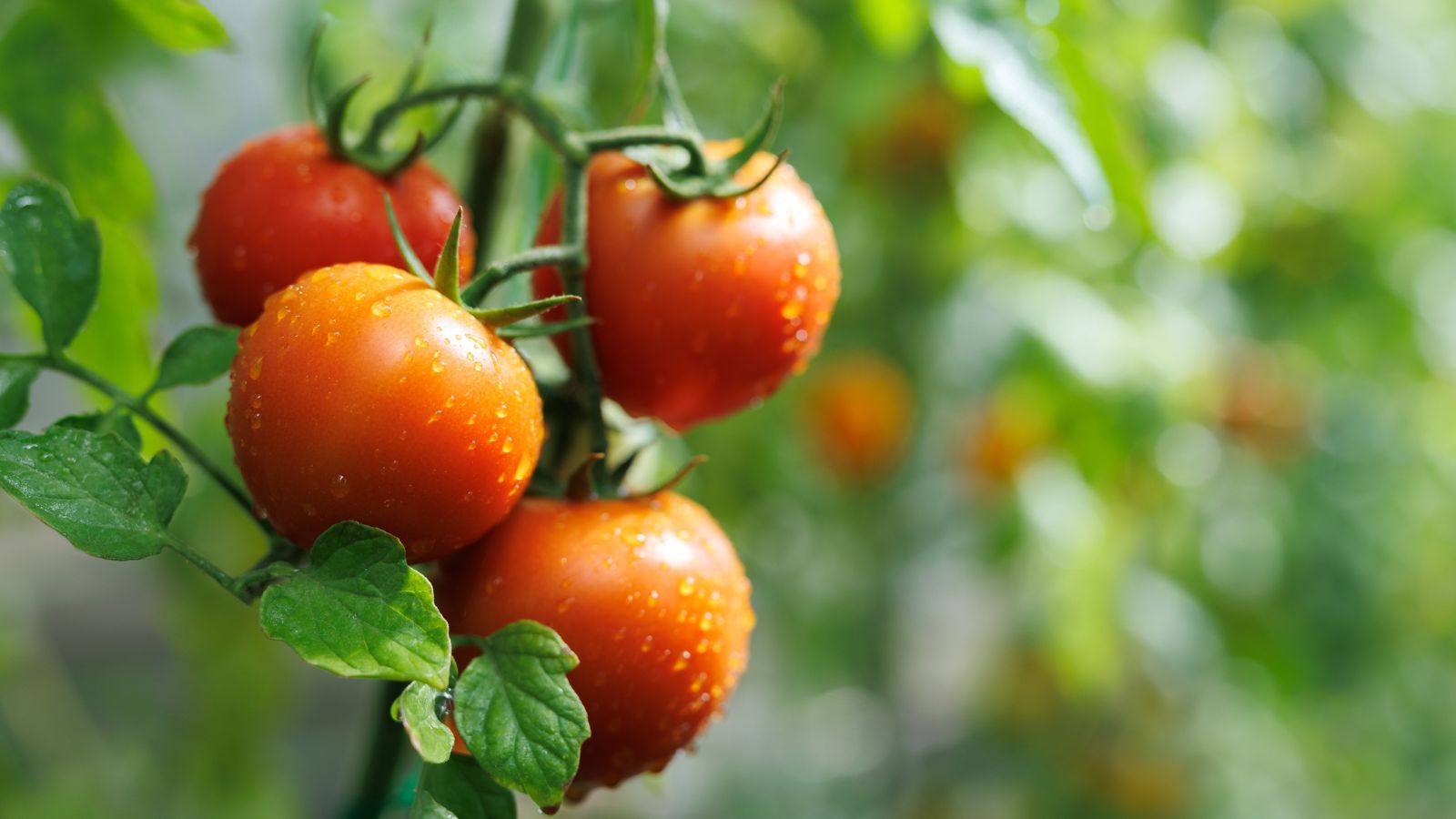
Despite tomatoes being staples in many gardens, they often harbor blight, a disease that doesn’t just affect the tomatoes themselves but can quickly spread to potatoes and other nightshades. Wet weather tends to make blight worse, so keeping tomatoes dry and well-spaced is crucial to avoid an outbreak. If you notice brown patches, act fast to stop the spread.
Lilies
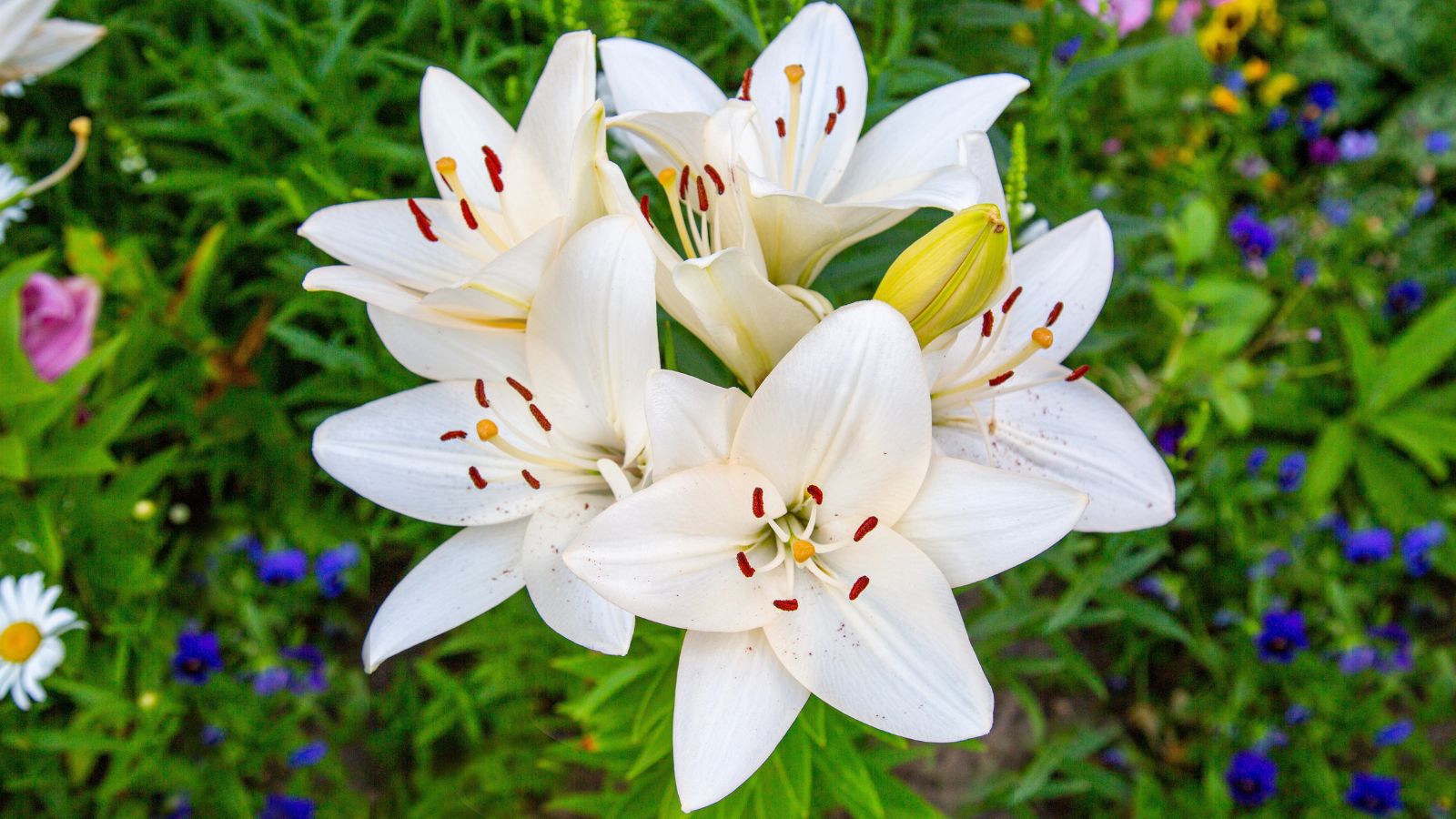
There’s no denying that lilies bring a stunning display of color to any garden, but they are often the cause of viral diseases, like lily mosaic virus. This virus can easily spread to other bulbs in your garden, with aphids being common transmitters. So, it’s worth keeping an eye on these pests, such as streaky or mottled leaves, which could easily jump from plant to plant if not dealt with swiftly.
Cucumbers
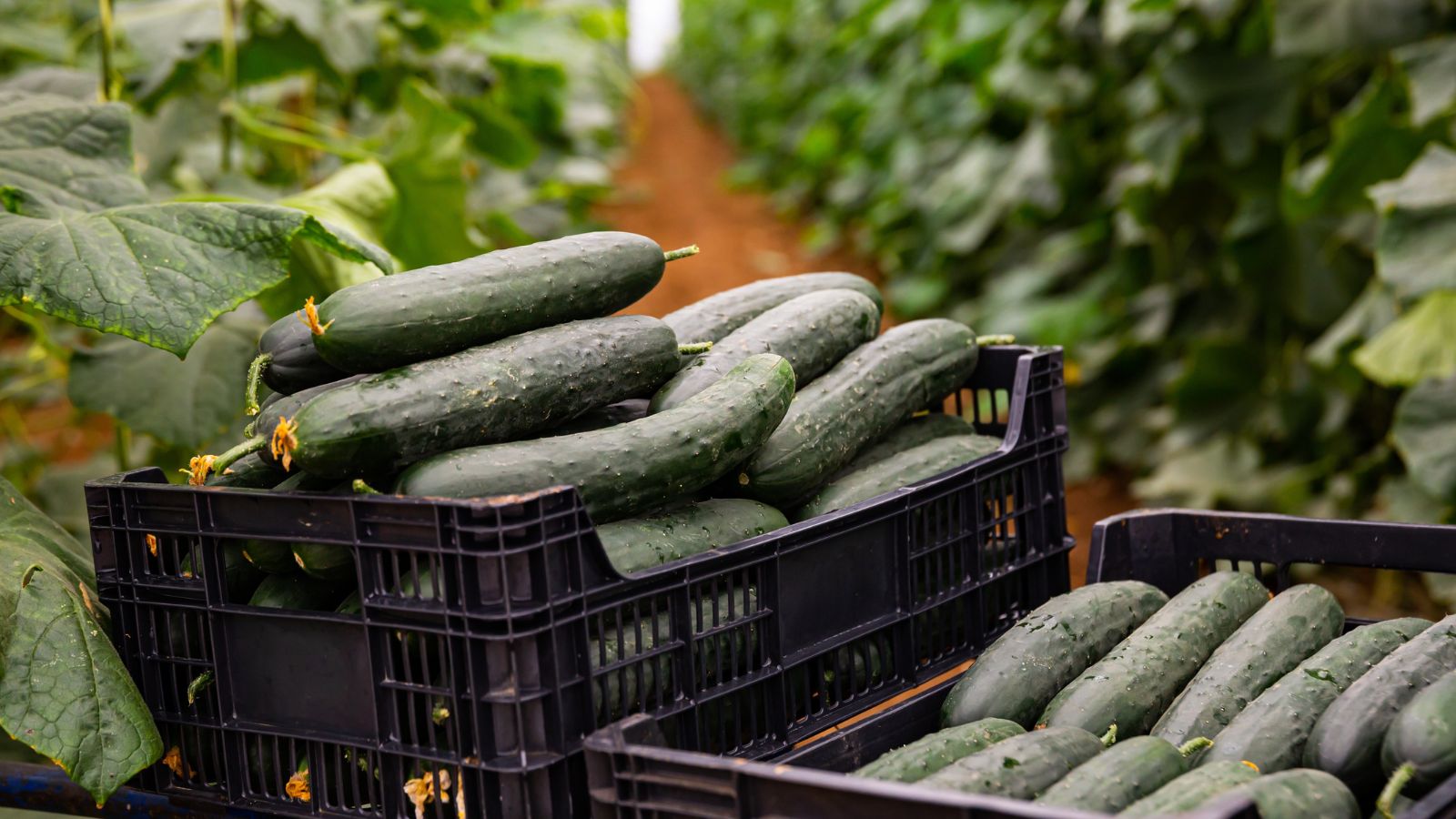
Even if your cucumbers look healthy, you should be careful as they can be carriers of powdery mildew, a fungal disease that will show up as white, powdery spots on the leaves. Unfortunately, it can infect a wide range of plants when nearby, especially squash, pumpkins, and melons. So, keep these plants separate, and don’t forget to remove any affected leaves from your cucumbers to prevent any serious problems.
Peonies
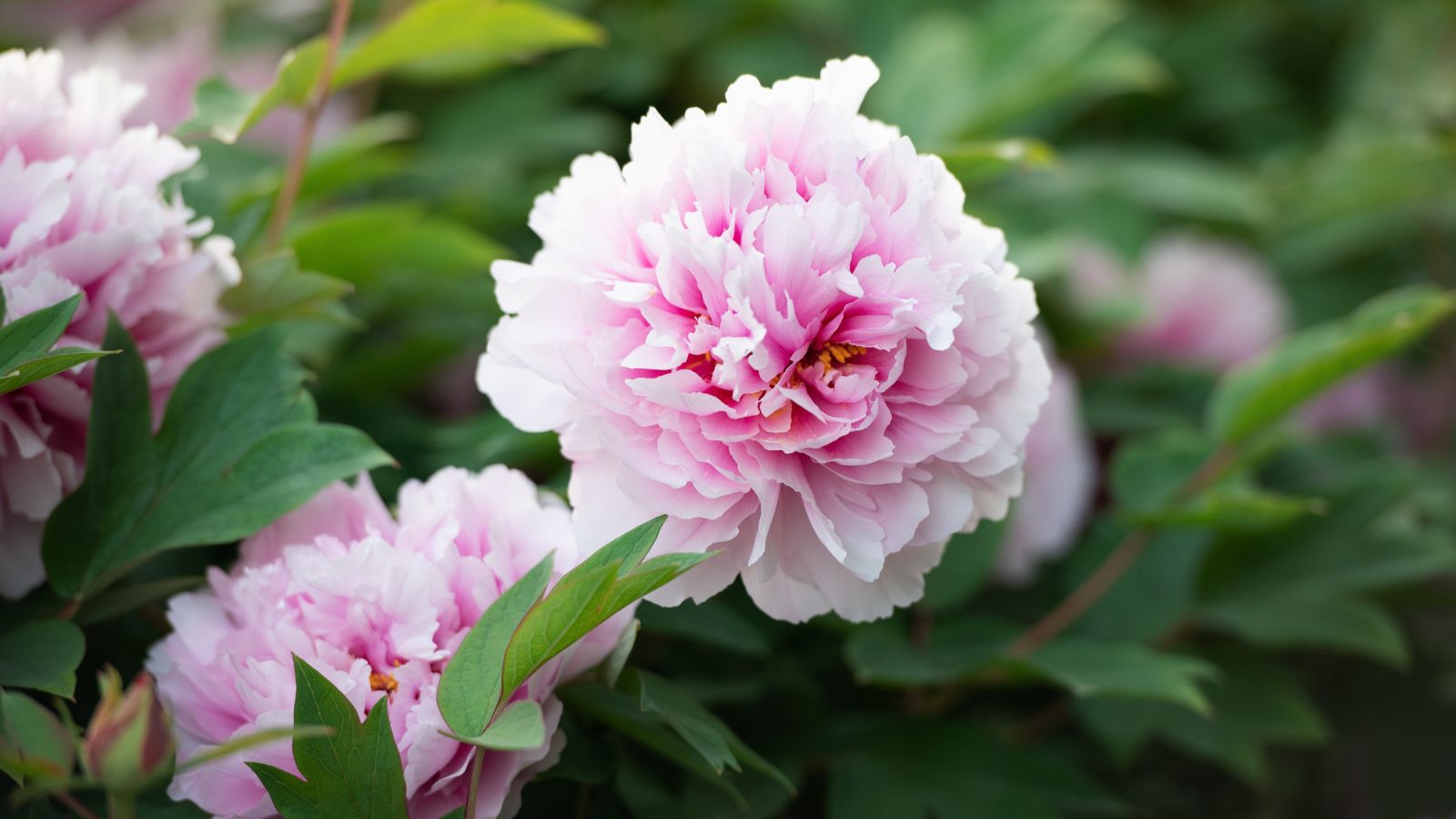
Another garden plant that could be spreading diseases to its neighbors is peonies. Sure, these plants are highly admirable for their large blooms, but they are also prone to botrytis blight, a form of gray mold that can spread spores that can infect other stems and flowers. Worse still, botrytis blight thrives in cool, damp conditions, making peonies an even larger risk for your garden during wet springs.
Strawberries
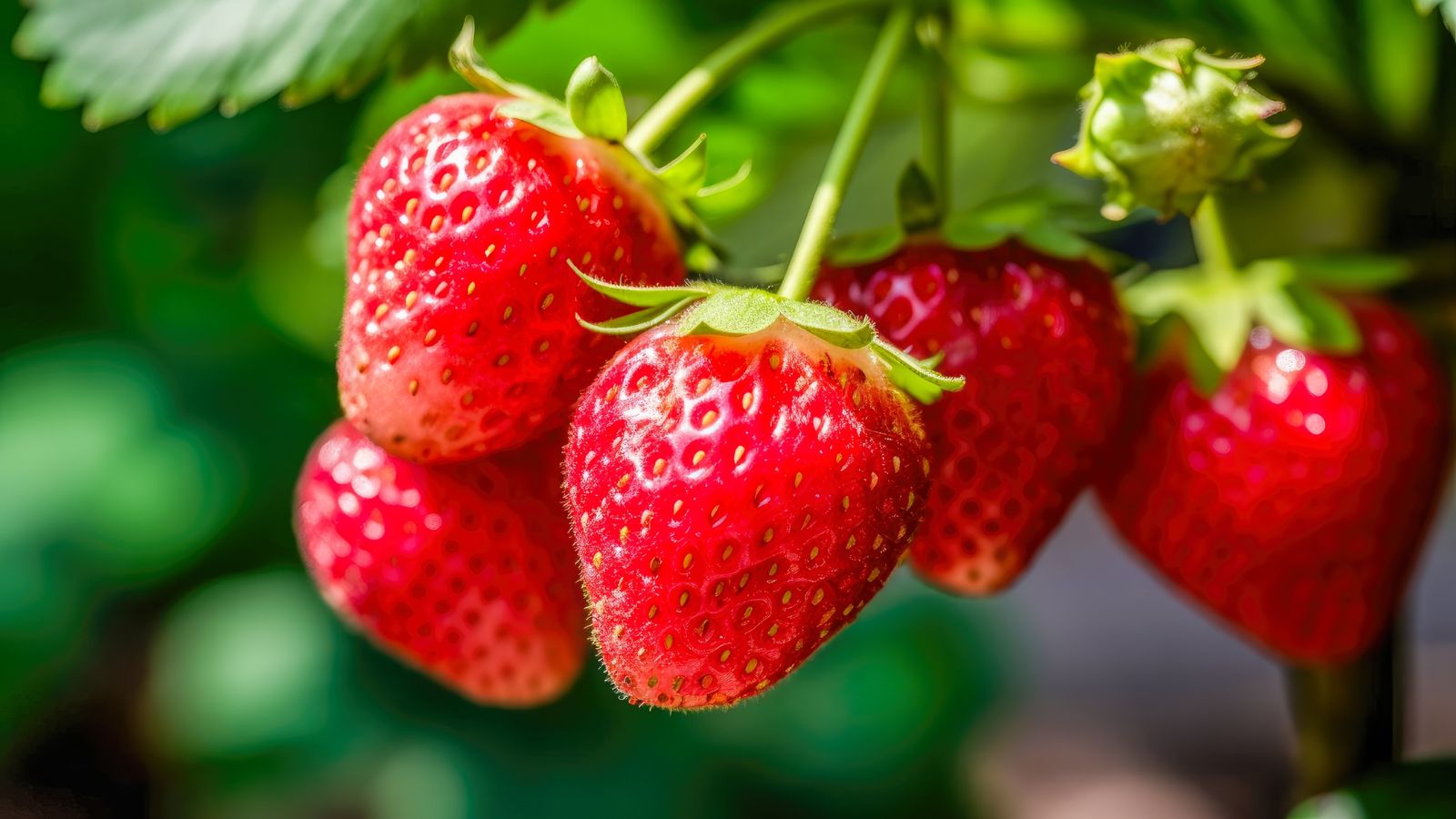
Everyone loves strawberries, especially when they’re home-grown, but every rose comes with its thorns. Frustratingly, these juicy berries often carry verticillium wilt, which can affect a wide range of other plants, including tomatoes and eggplants. You’ll know it’s a problem if you notice leaves starting to wilt across your plant beds, seemingly out of nowhere. To limit the spread, crop rotation and choosing disease-resistant varieties are smart ideas.
Geraniums
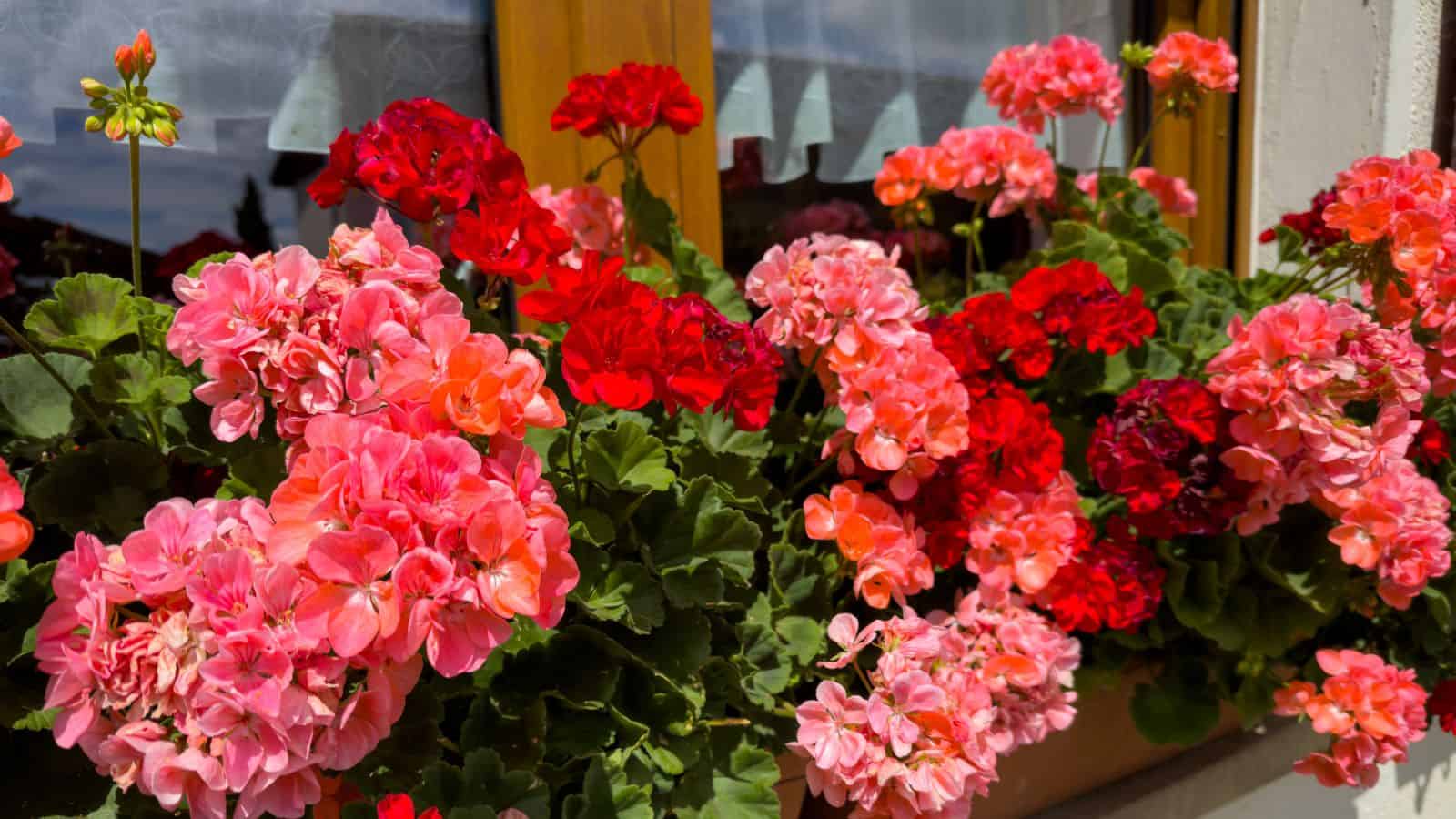
As wonderful as they are, it’s a sad fact that these cheerful flowers are prone to bacterial blight, which shows up as brown, mushy spots on the leaves. Thankfully, cross-contamination with other plants is relatively uncommon, but it’s highly likely to occur between different geranium varieties. So, don’t put all of your geraniums in one basket, and ensure good garden hygiene when tending to them, such as by cleaning tools and removing infected plants as soon as possible.
Cabbages

Cabbages may seem hardy, but they can spread clubroot, a soil-borne disease that causes swelling and distortion of the roots. This disease can also affect other members of the Brassica family, like broccoli and kale. Worse still, it’s difficult to get rid of once it takes hold, so it’s important to practice crop rotation and avoid planting brassicas in the same spot for several years.
Potatoes
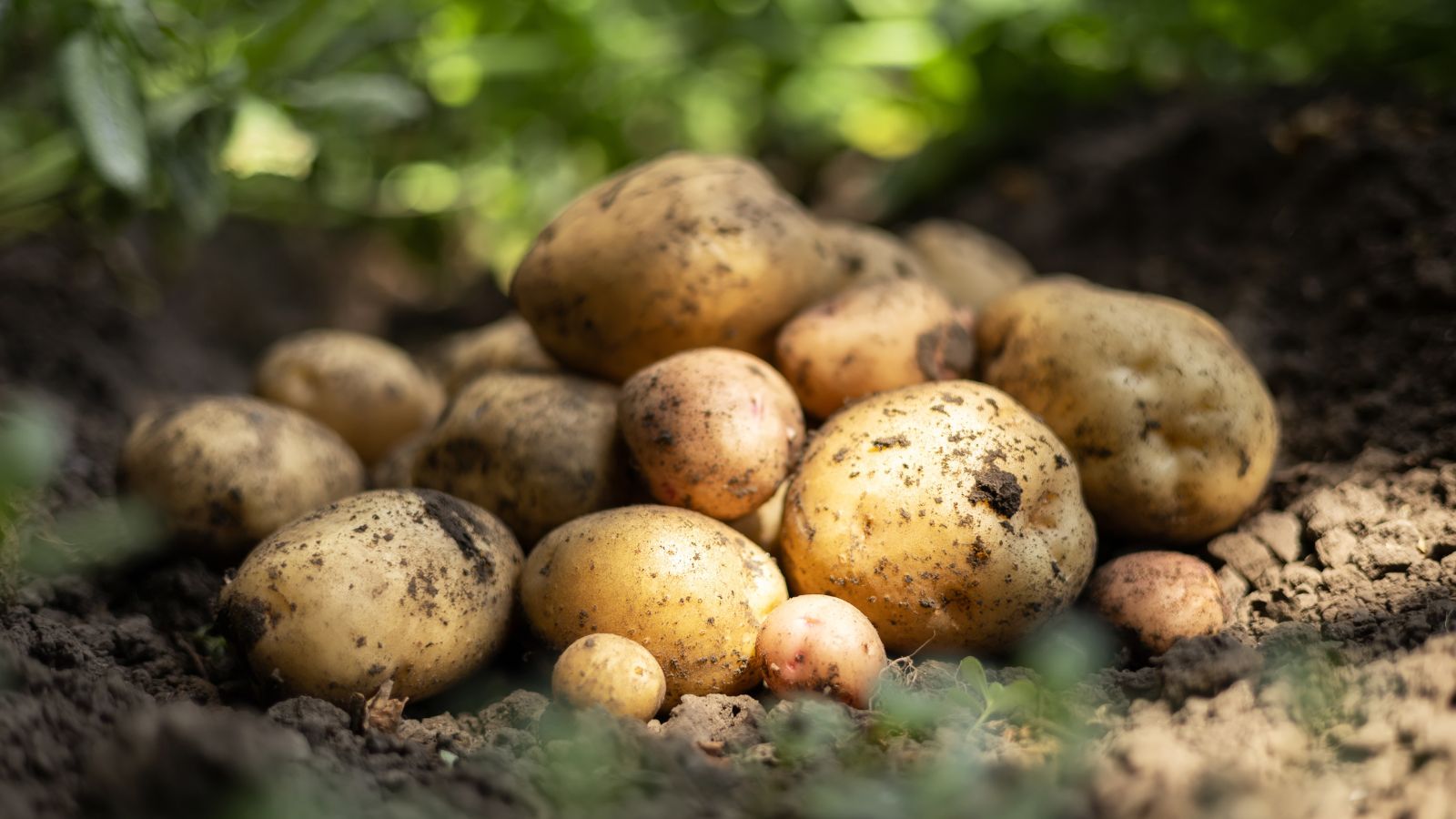
You’re probably aware that potatoes are infamous for spreading late blight, but not many people realize that this disease can spread to tomatoes. Over time, the spores from infected potatoes can be carried by the wind, infecting other crops, even in neighboring gardens. Therefore, potatoes with brown, rotten spots should be removed immediately, as they might ruin your tomatoes, which would be a real shame.
Snapdragons
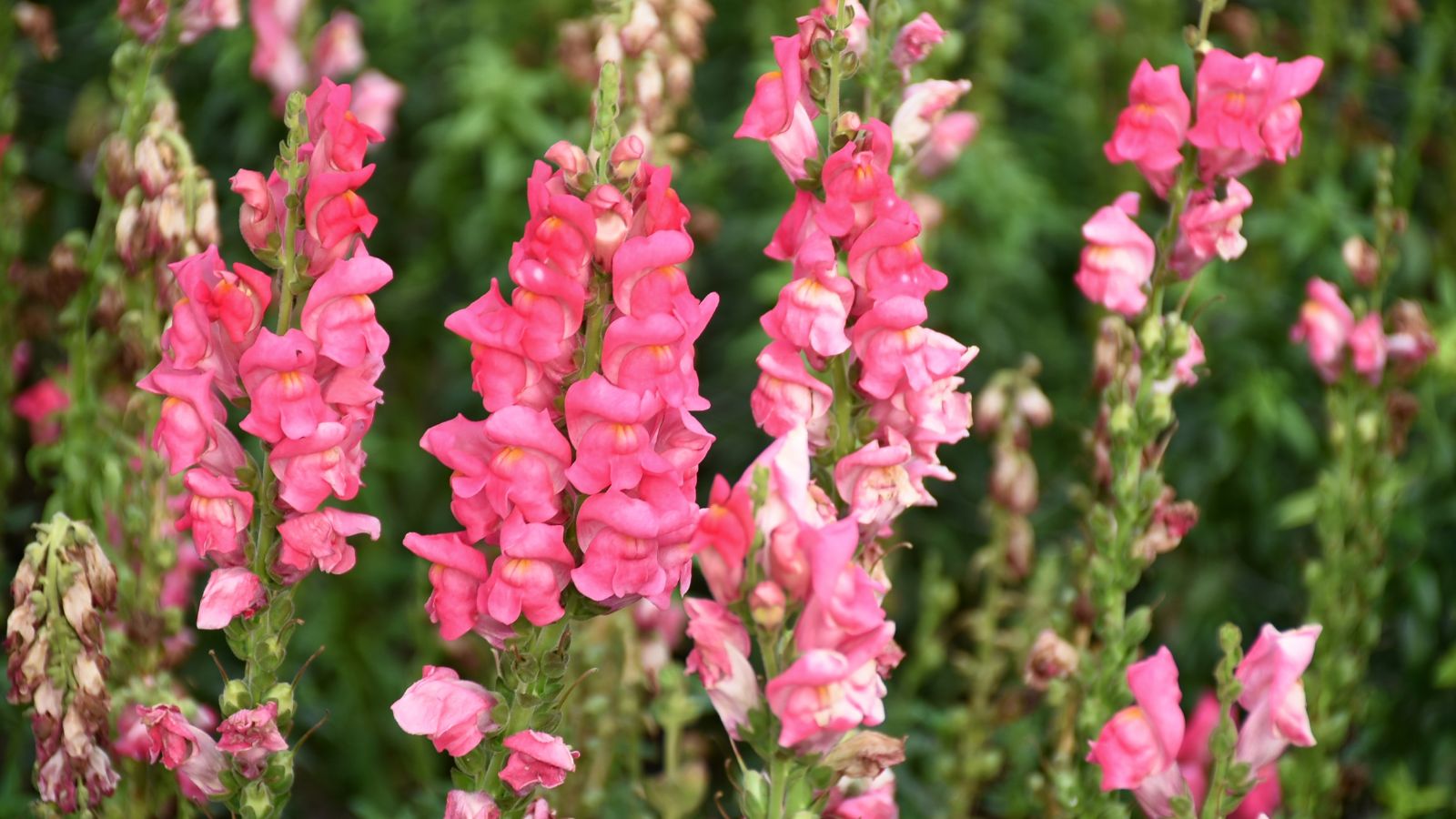
Yes, snapdragons are loved for their vibrant blooms, but it’s easy to forget that they are prone to downy mildew, a disease that can quickly spread to and obliterate other nearby flowers. It’s particularly important to remember this during wet, humid conditions when mildew thrives; otherwise, you’ll be met with yellowing and dying leaves across your flowerbeds. Just keep snapdragons dry and spaced apart from other plants, though, and you should be okay.
Squash
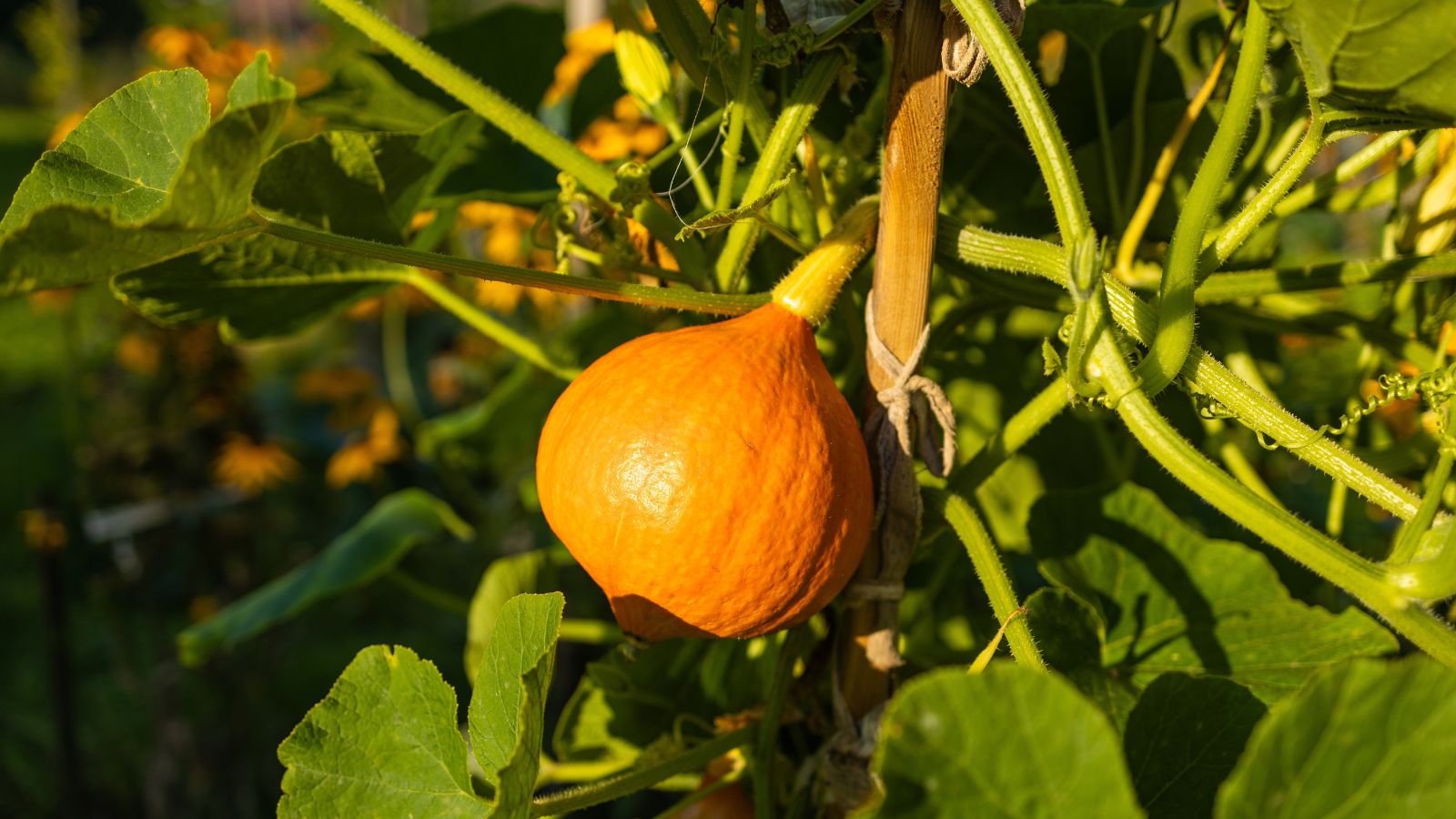
Unfortunately, squash plants often develop powdery mildew, which can quickly spread to nearby cucumbers, pumpkins, and melons. This fungus starts as small white spots that quickly take over leaves, stunting growth and spreading to other plants. To avoid this from happening in your garden, keep squash well-watered from the base and avoid wetting the leaves.
Phlox
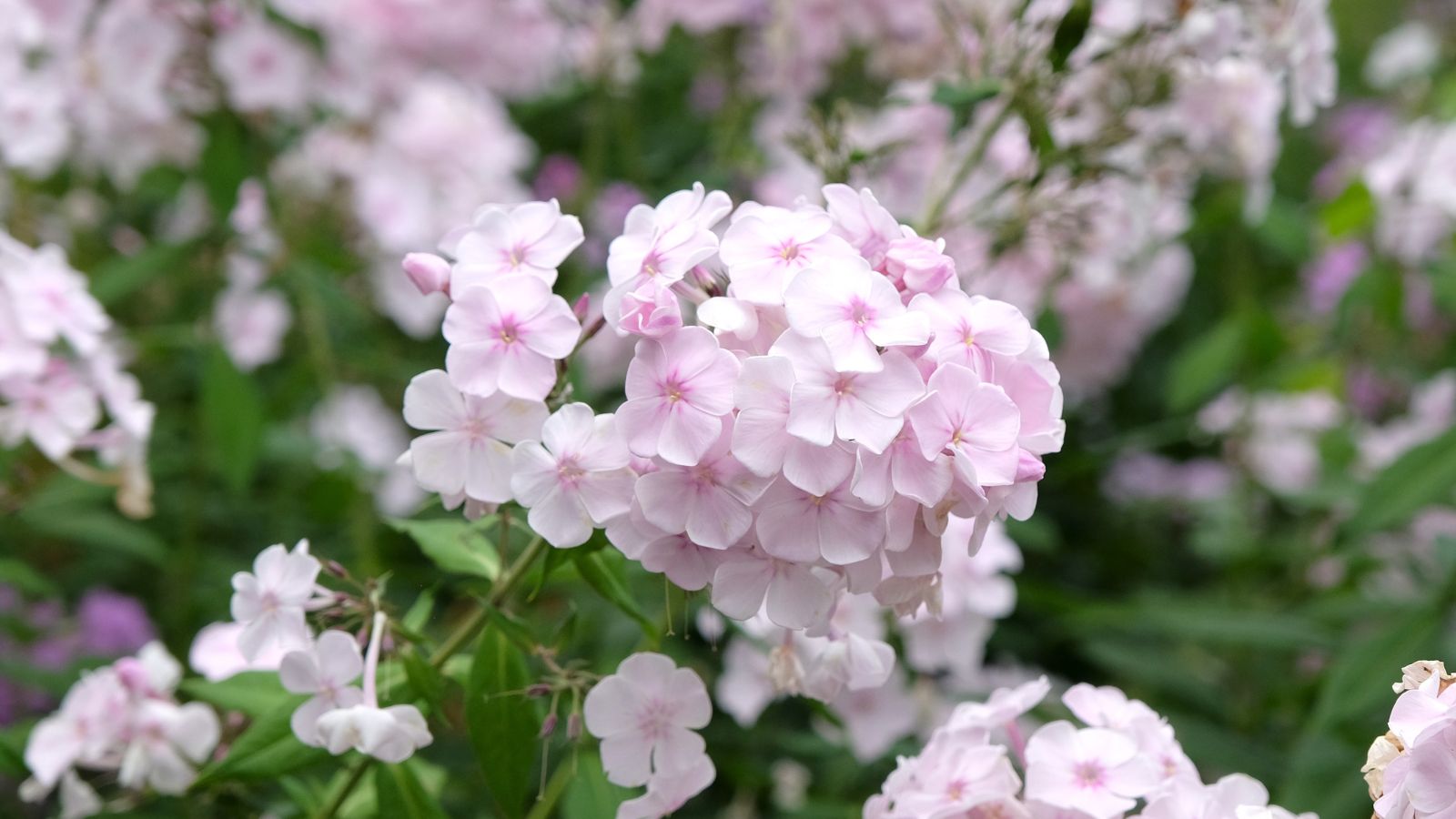
Even though phlox may add vibrant color to your garden, it’s another plant that is susceptible to powdery mildew, which could spread to other plants in close proximity. Most notably, it can reduce the health of neighboring plants like bee balm and roses. However, just keep your phlox well-spaced and ensure good air circulation, and you should be able to prevent the spread.
Hostas
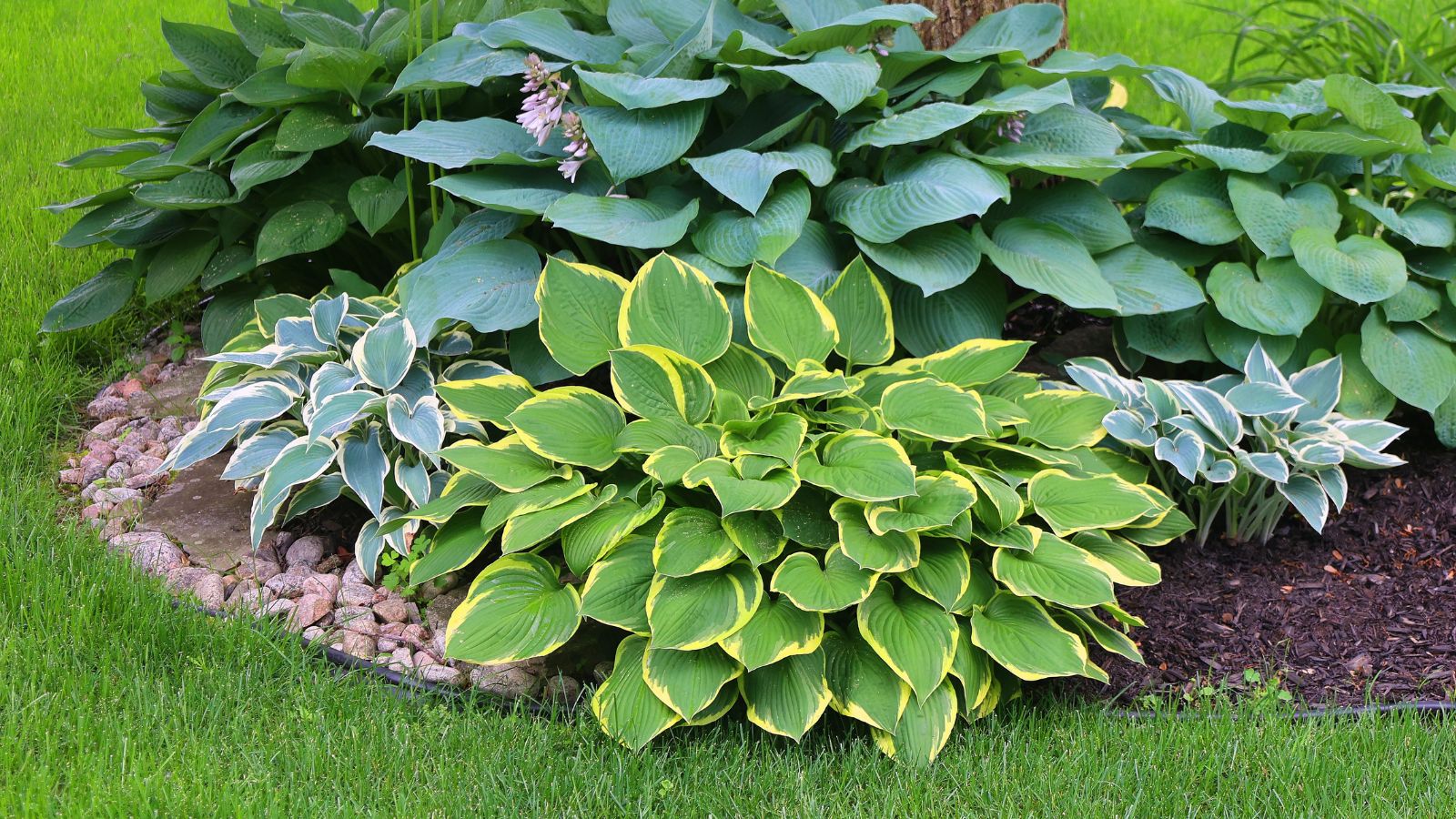
Last on this list of garden super-spreaders are hostas, a plant that is commonly affected by anthracnose. You can recognize this fungal disease by the large, irregular brown spots on leaves that it causes, which often spread to other leafy plants in wet conditions. If you notice this, nip it in the bud as soon as possible by removing infected leaves and keeping hostas dry, preventing a garden epidemic.
